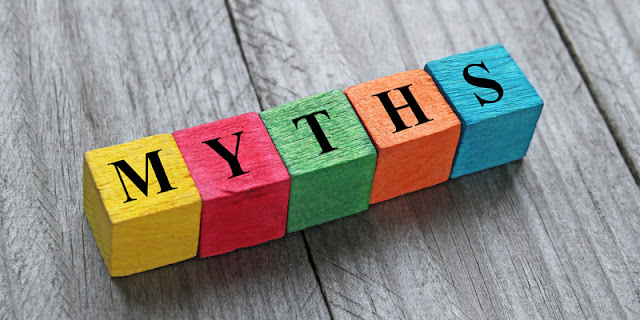Various Stages of Mobile App Development Lifecycle
Nowadays, almost every entrepreneur
who is related to the technology based start-ups highly prefers to develop
their own mobile application. According to a research report, around $44.6
billion revenue was generated from the app stores in 2016 and as per the growth
percentage, the revenue will reach $80.6 billion in 2020.
Well, this report directly indicates
the growing demand for mobile apps in the app stores. At present, the
smartphone users mainly prefer the mobile applications from the iOS app store
and the Android play store. These two app stores are the most trustable mobile
application stores for both users and owners. Though you have a good idea in
your mind, still it is complicated to implement that idea without following a
proper methodology and strategy.
Every day, hundreds of mobile
applications are being launched in the app stores. To sparkle among all those
applications, your application needs to be unique and innovative, which can
effectively attract the interest of the users. So, to guide the aspiring
developers and the entrepreneurs, here is the process of mobile app development
life-cycle.
Give An Imagination To Your Idea
Without a dedicated idea, it is
impossible to launch a successful mobile app. It is very important to focus on
the main niche of the application. The best way to provide a valid reason to
niche or the idea is to answer “why you want to do it?”. If you get valid and
strong reasons for your idea, then it is the time to carry forward the app
development process. After the niche and reasons are set, now it’s time for
some research work.
Have a close look at the
competitor’s idea and business to have some detailed idea about the concept.
Study the revenue and statistical reports of the competitors. Now, you have to
decide, what is the main objective of your mobile application? The clients who
prefer to build mobile apps mainly target two things - Revenue and Audience.
Throughout the whole app development process, don’t forget the main aim or
motive behind the application.
Validate The Idea Through A Prototype
The designing of an app highly
depends on the overall budget of the project. According to the budget,
different specifications and features of the mobile application will be
maintained. Wire frames and storyboarding are the necessary phases of
designing. The wireframes mainly include the layout of the application’s
screen, taps, buttons, swipe and all other functionality based icons, screen
variations, and overall UX of the app.
The wireframes and the storyboards
provide the basic context and functionality to the application. To make a
successful app, this designing part is very important. With designing, the
users can judge the overall look and feel of the applications. So, it is good
to spend more and more time on the designing part to provide the best and
unique user experience to the users.
Now Ensure A Platform To The Application
Once the prototype is ready, it is
not that difficult to develop the final version of the application. The
development process is maintained in three different phases. In the alpha
phase, the core functionality of the application is ready, but not a single bug
is fixed. In the Beta phase, the application undergoes a light testing, where
some bugs are fixed and filtered. In this phase, the application is circulated
for the external testing purpose.
In the Release candidate phase, all
the bugs and issues of the application are fixed, and the app is ready to be
released. It is very important for the developers to maintain the mobile
application as per the agile development methodology, or else the application
might show various errors in different devices or smartphones. Now it’s time to
have developers account in the app store, to launch the app in the global
market.
Test Your Application From All The Possible Angles
Before going live, the developers
prefer to test the application efficiently. To reduce the overall costs during
the development, it is recommended to test the application in every phase of
the development. After fixing all the bugs from the application during the
development, the application is tested on the live server with appropriate
server address.
In this phase, the testing process
includes compatibility testing, usability testing, interface testing, services
testing, low - level resource testing, performance testing, operational
testing, and security testing. The developers not only prefer manual testing to
ensure proper functionality of the application, but different types of
automation testing such as selenium, Bugsee, Appium, and TestFlight are also
preferred. So, finally, the idea is implemented on the application platform and
ready to hit the app market.
Launching The Mobile Application To The App Market
Sometimes people thought once the
development work is done, there is nothing to worry about and conduct the
launching work without any plans. But to make an app successful, it is
essential to handle the launching work without any error. After the uploading
the app in the app store, the marketing of the application is also very
important. To enhance the visibility of the app in the app store, the app
should be maintained as per the regulations of the app store.
Again, creating a website and
promoting the SEO services are also necessary to improve the ranking of the
application in Google’s search engine. Also, don’t forget to run paid
advertising campaigns on the targeted keywords as paid ads will attract the
targeted audiences only. Manage the social media accounts efficiently and
create as many backlinks as possible from different sources.
The above processes involve the
complete guide of a mobile application development life-cycle. Follow all the
suggestions and tips efficiently to make a successful mobile app. Again, don’t
forget to work on the feedback of the users.




Comments
Post a Comment